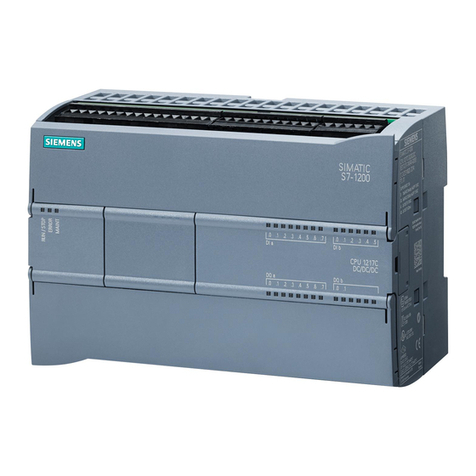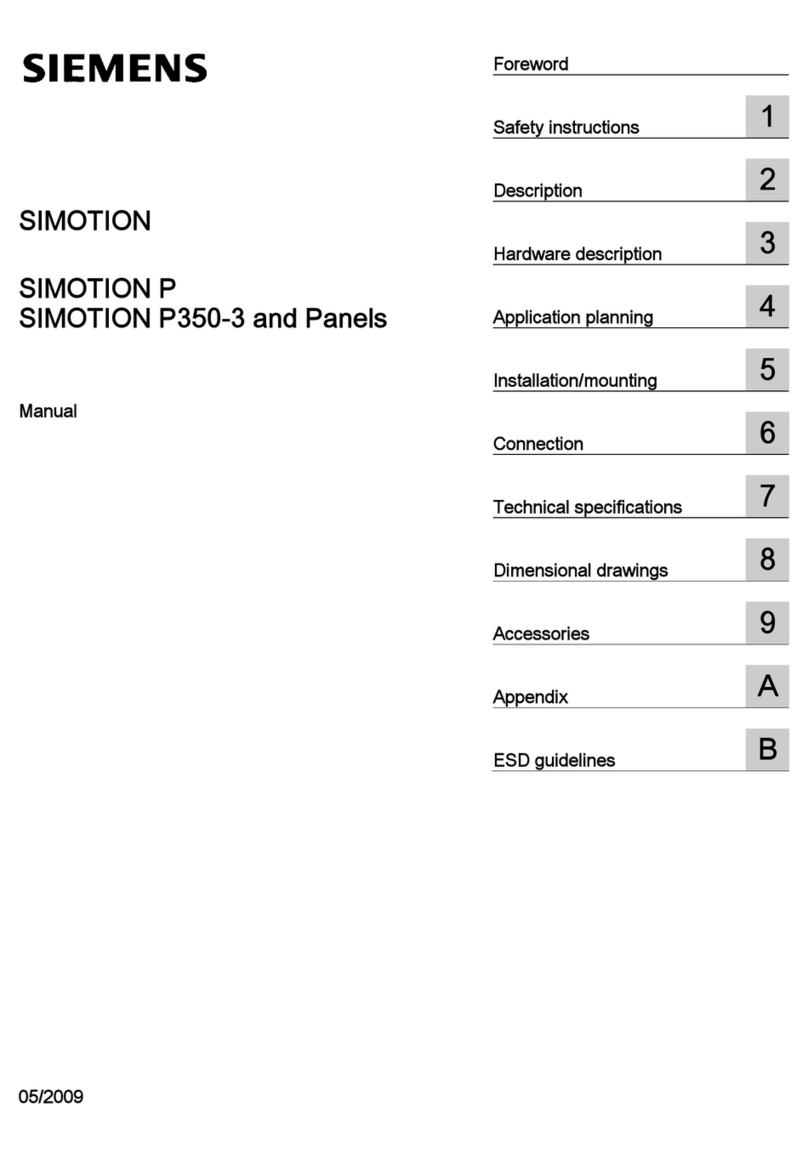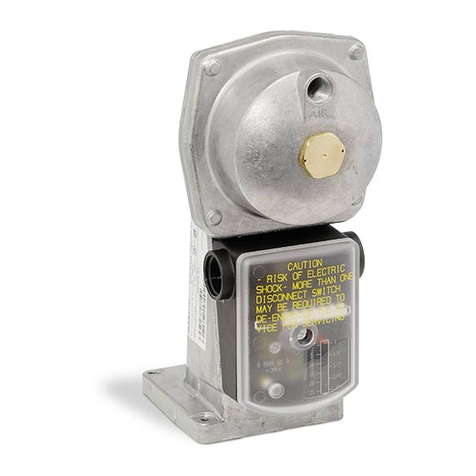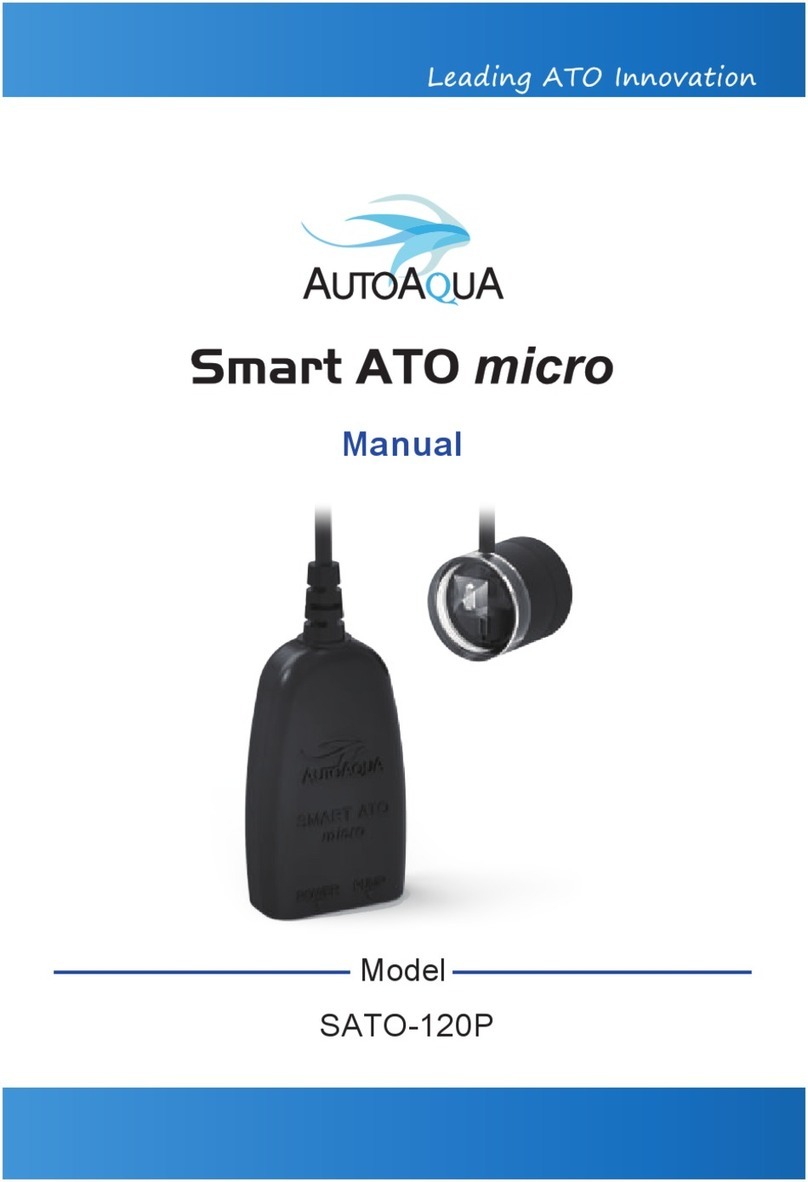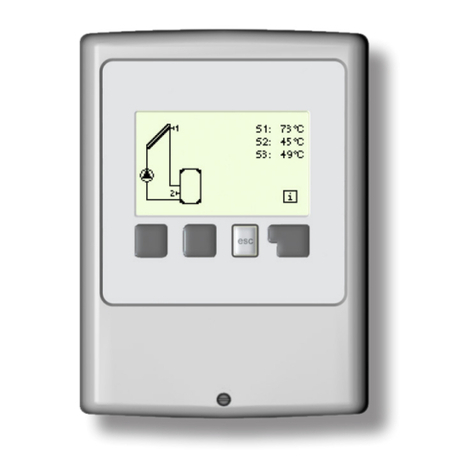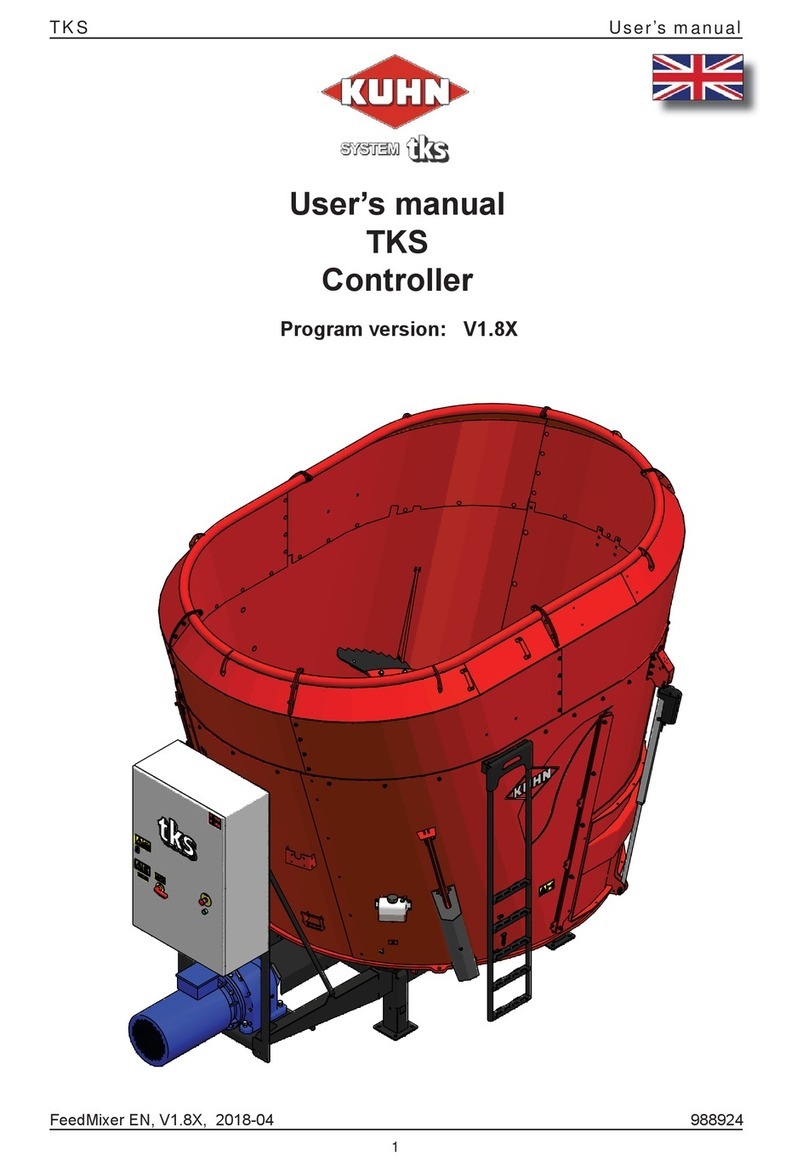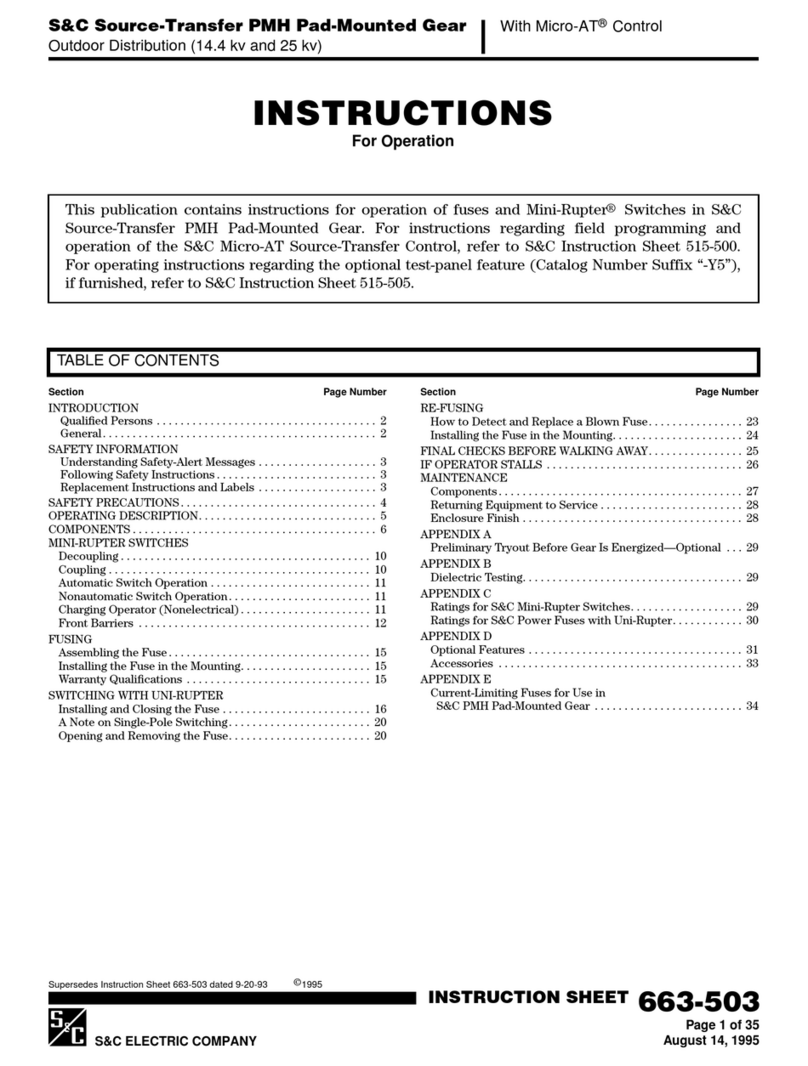Siemens OpenAir GDE Series Owner's manual
Other Siemens Controllers manuals
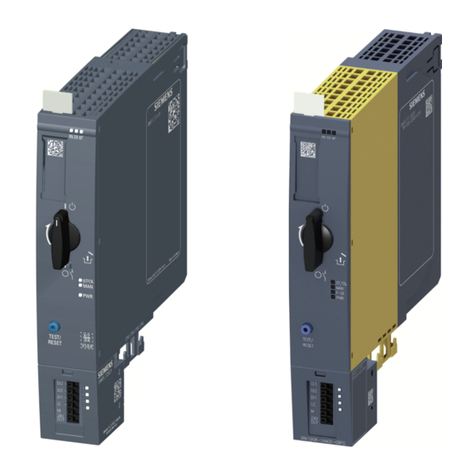
Siemens
Siemens SIMATIC ET 200SP User manual
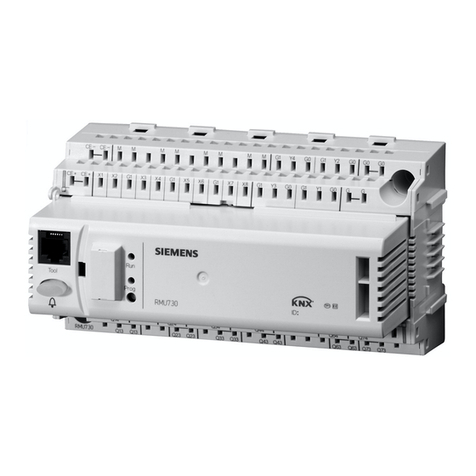
Siemens
Siemens Synco 700 Series Operator's manual
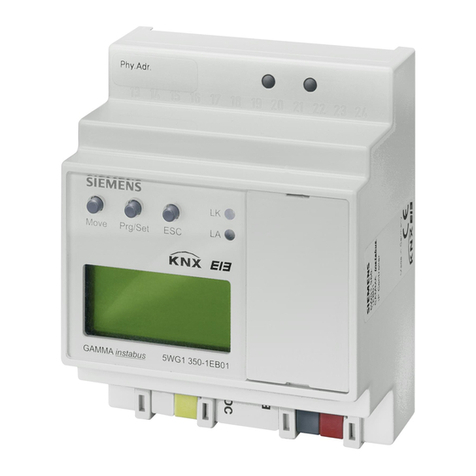
Siemens
Siemens N350E Service manual
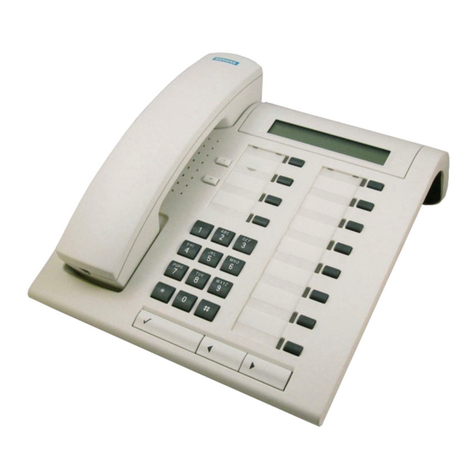
Siemens
Siemens Hicom 300 optiset E Standard User manual
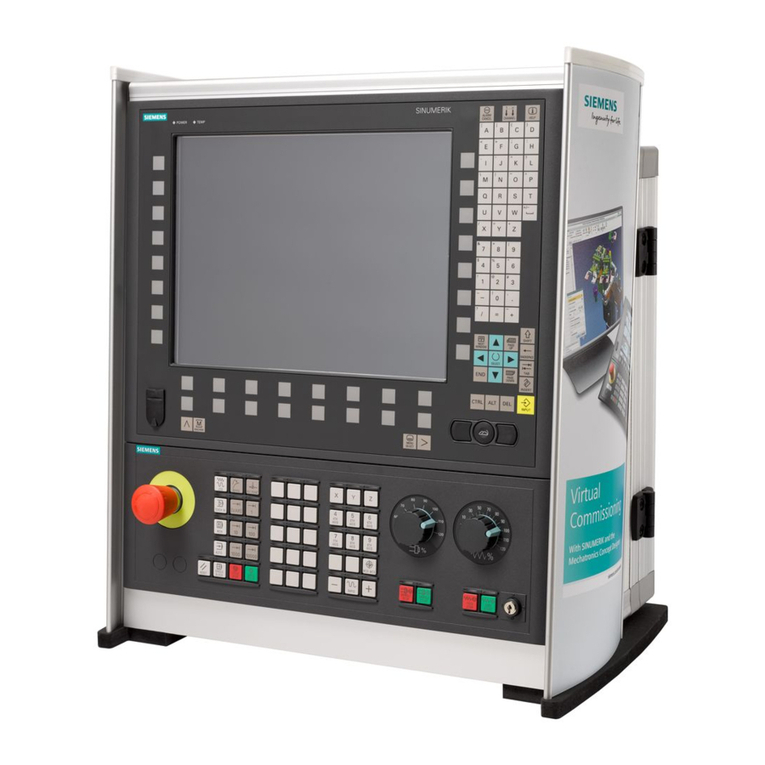
Siemens
Siemens SINUMERIK 840D sl Parts list manual
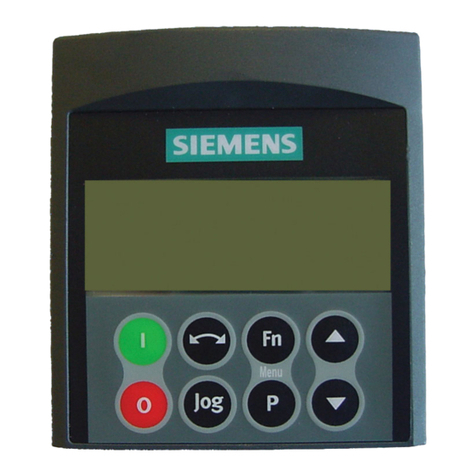
Siemens
Siemens AOP User manual
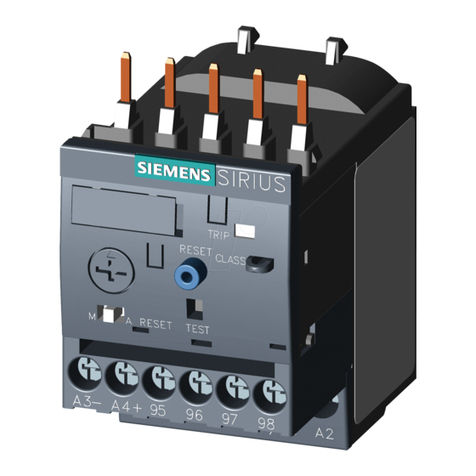
Siemens
Siemens SIRIUS S00 User manual
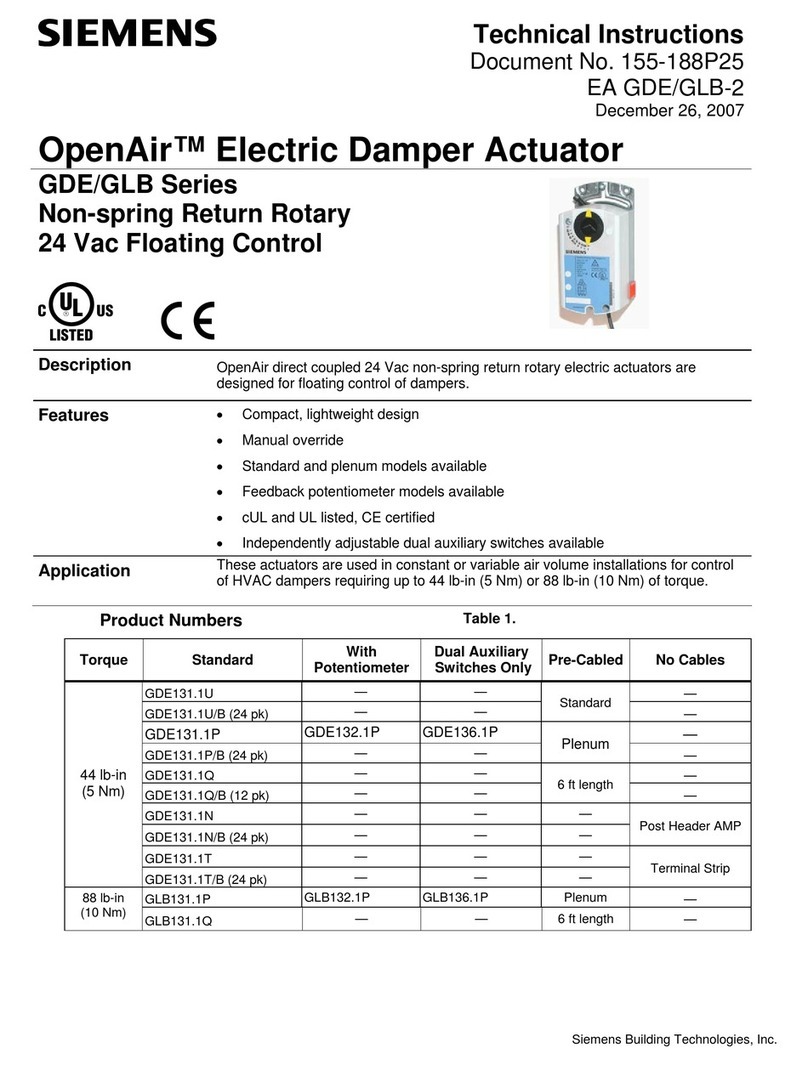
Siemens
Siemens OpenAir GDE Series Owner's manual

Siemens
Siemens SIRIUS 3RF29-0KA Series User manual
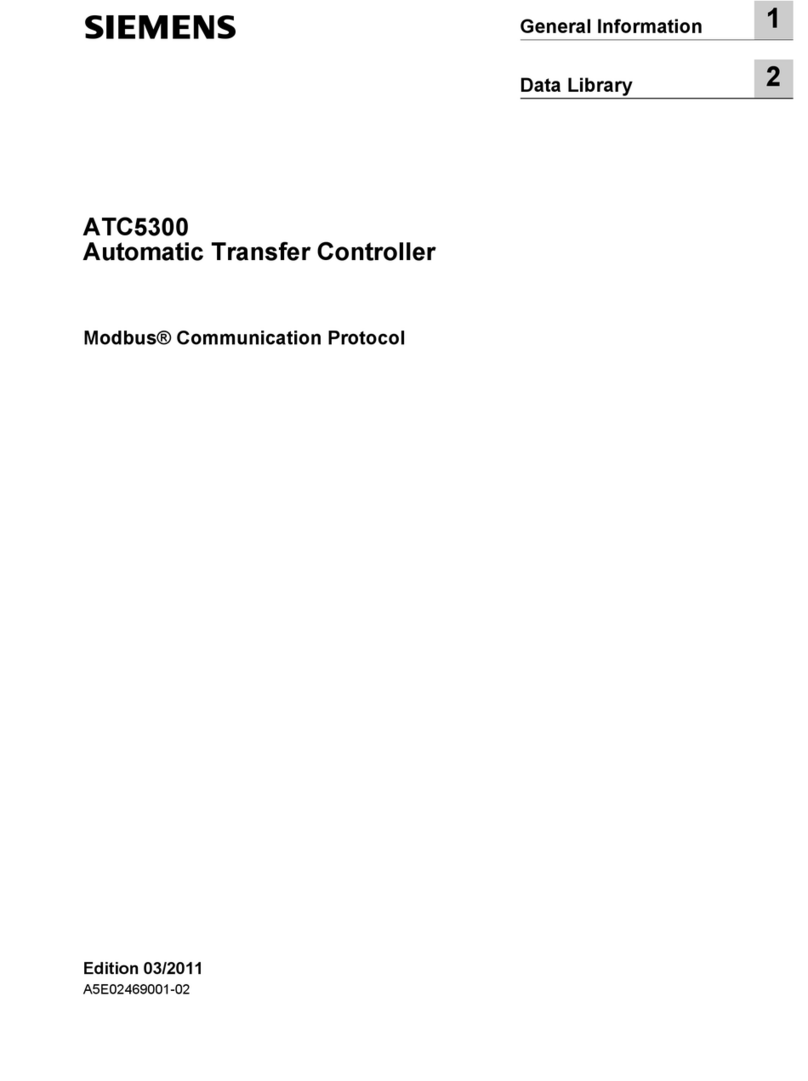
Siemens
Siemens ATC5300 User manual
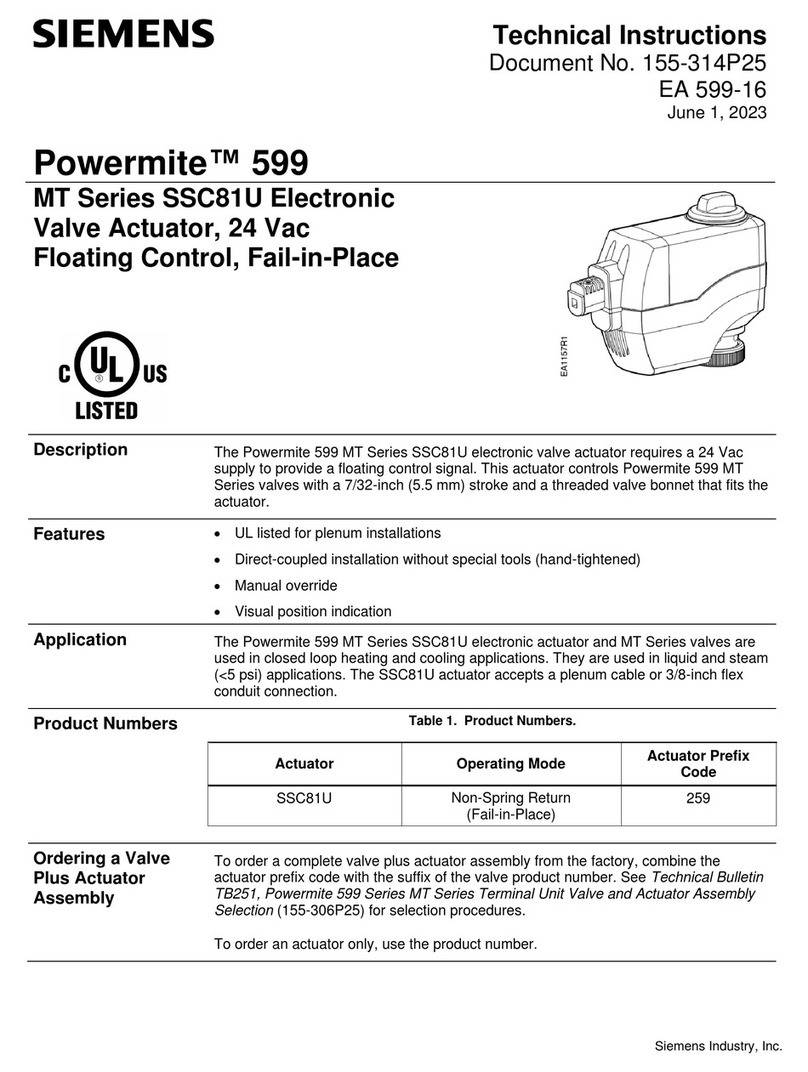
Siemens
Siemens MT Series Owner's manual

Siemens
Siemens RVA47.320 User manual
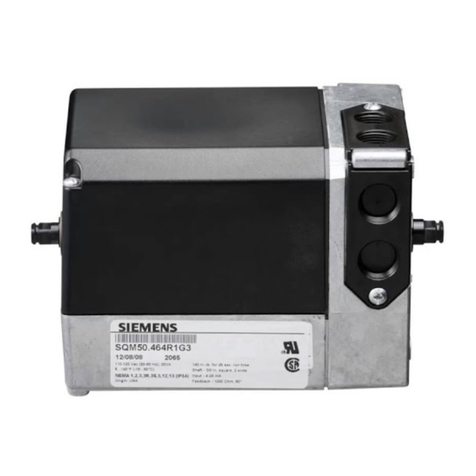
Siemens
Siemens SQM5 Series Instruction Manual
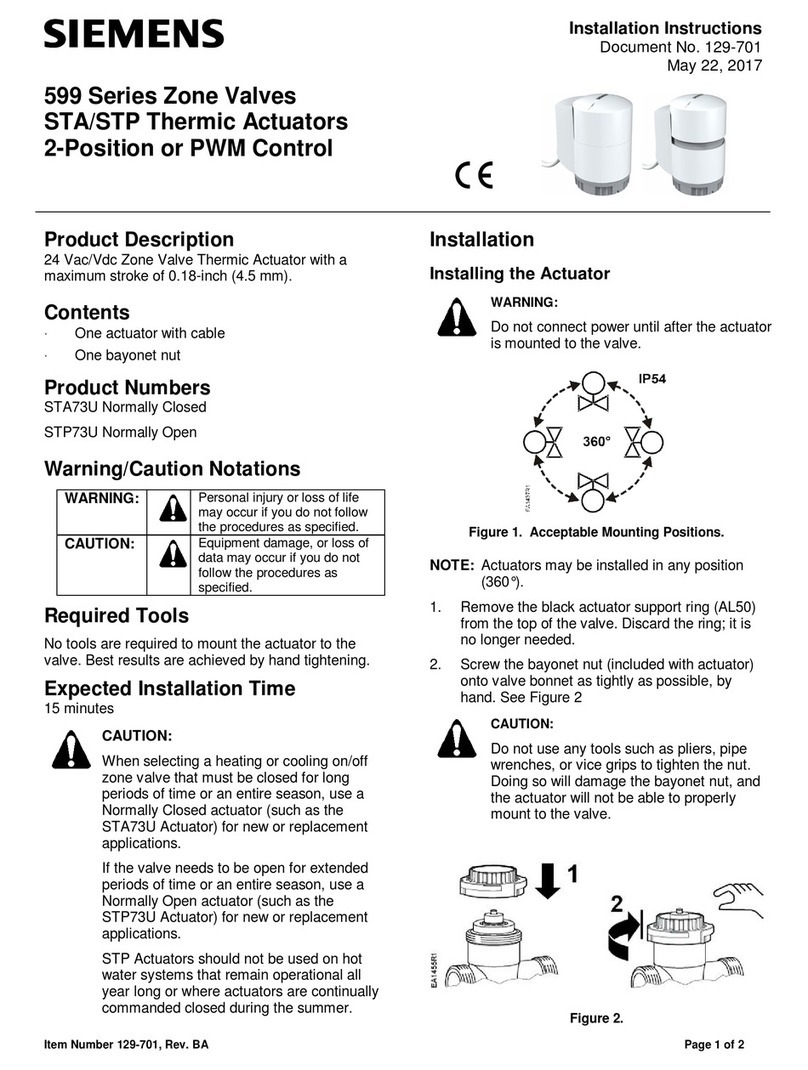
Siemens
Siemens Flowrite 599 Series User manual

Siemens
Siemens SITRANS VP300 User manual
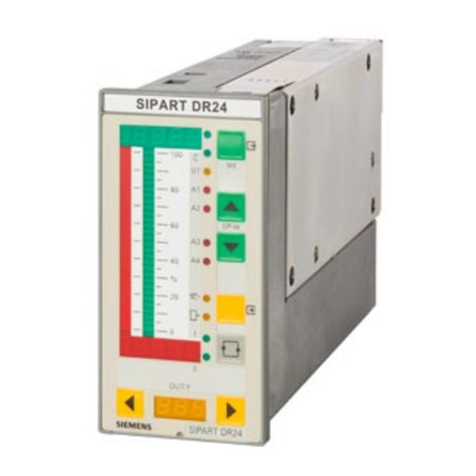
Siemens
Siemens SIPART DR24 User manual
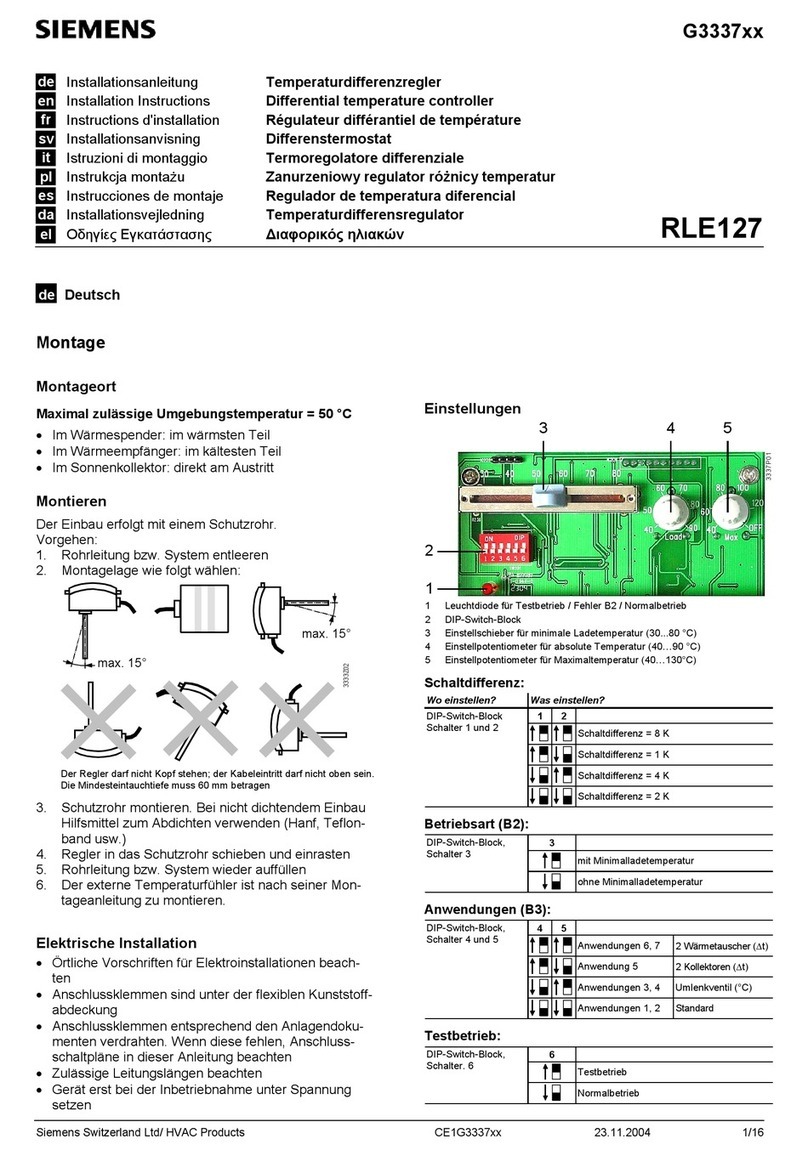
Siemens
Siemens rle127 User manual
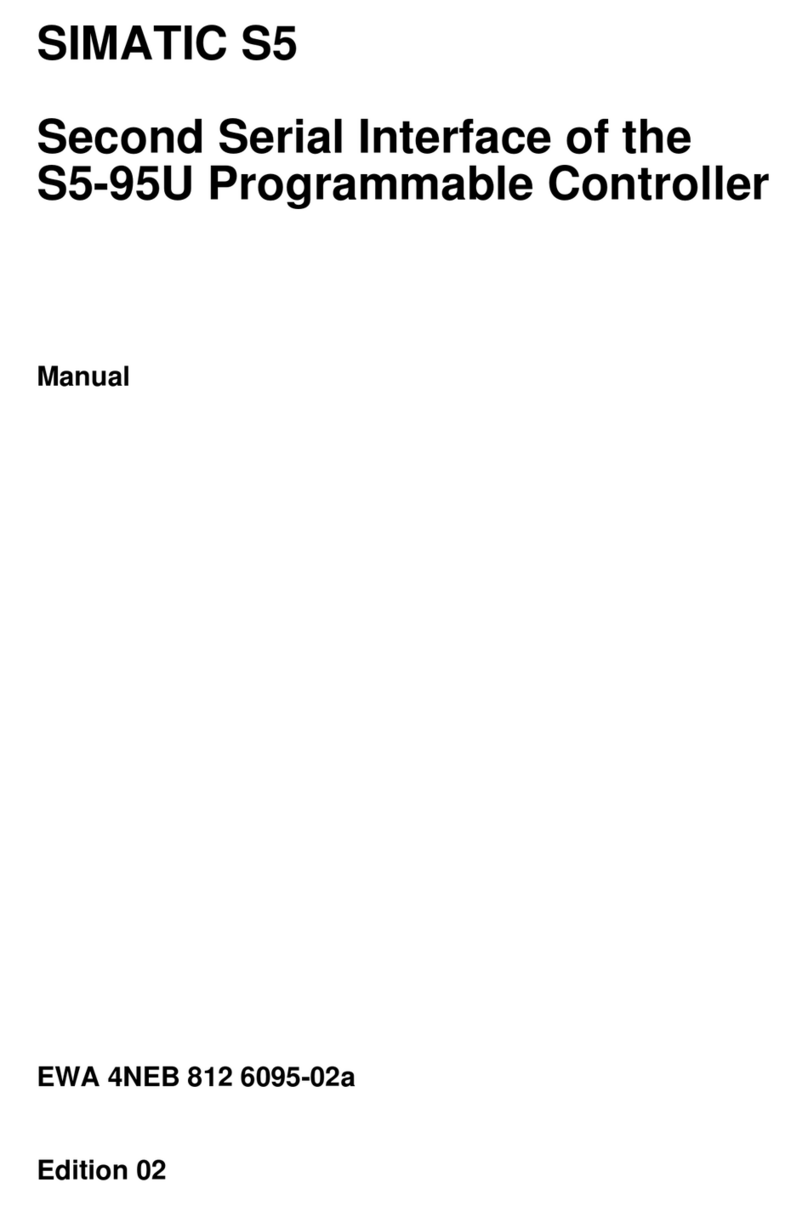
Siemens
Siemens SIMATIC S5 Series User manual
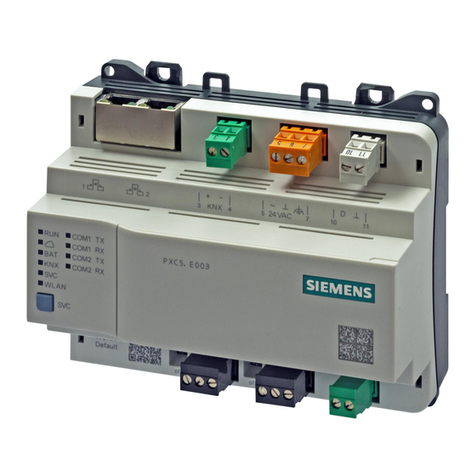
Siemens
Siemens Desigo PXC5.E003 User manual
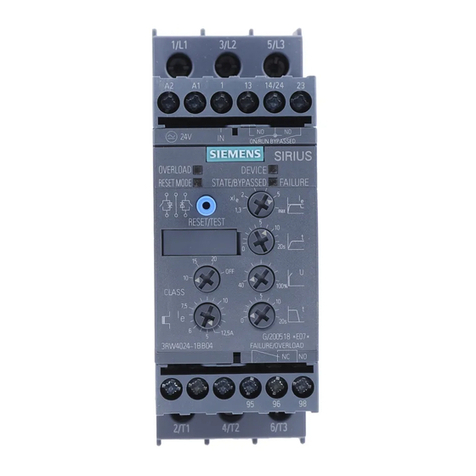
Siemens
Siemens SIRIUS 3RW40 User manual
Popular Controllers manuals by other brands
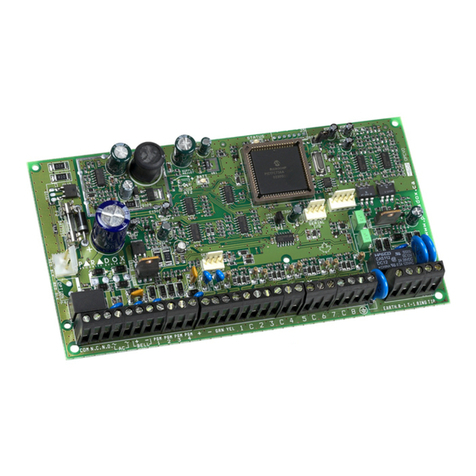
Digiplex
Digiplex DGP-848 Programming guide
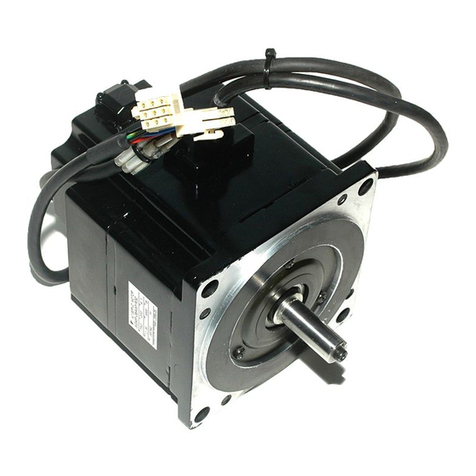
YASKAWA
YASKAWA SGM series user manual
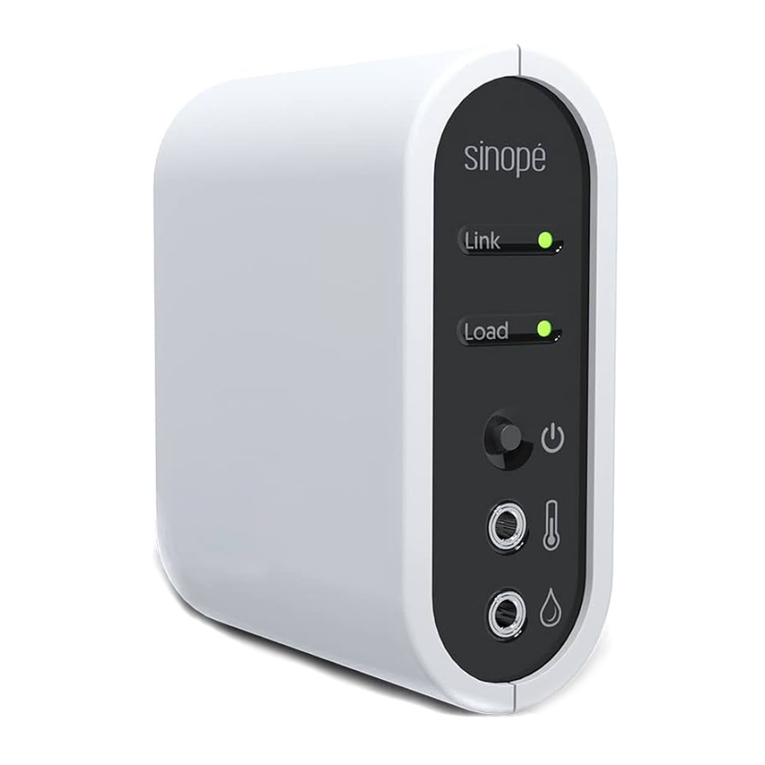
Sinope
Sinope Calypso RM3500ZB installation guide

Isimet
Isimet DLA Series Style 2 Installation, Operations, Start-up and Maintenance Instructions

LSIS
LSIS sv-ip5a user manual
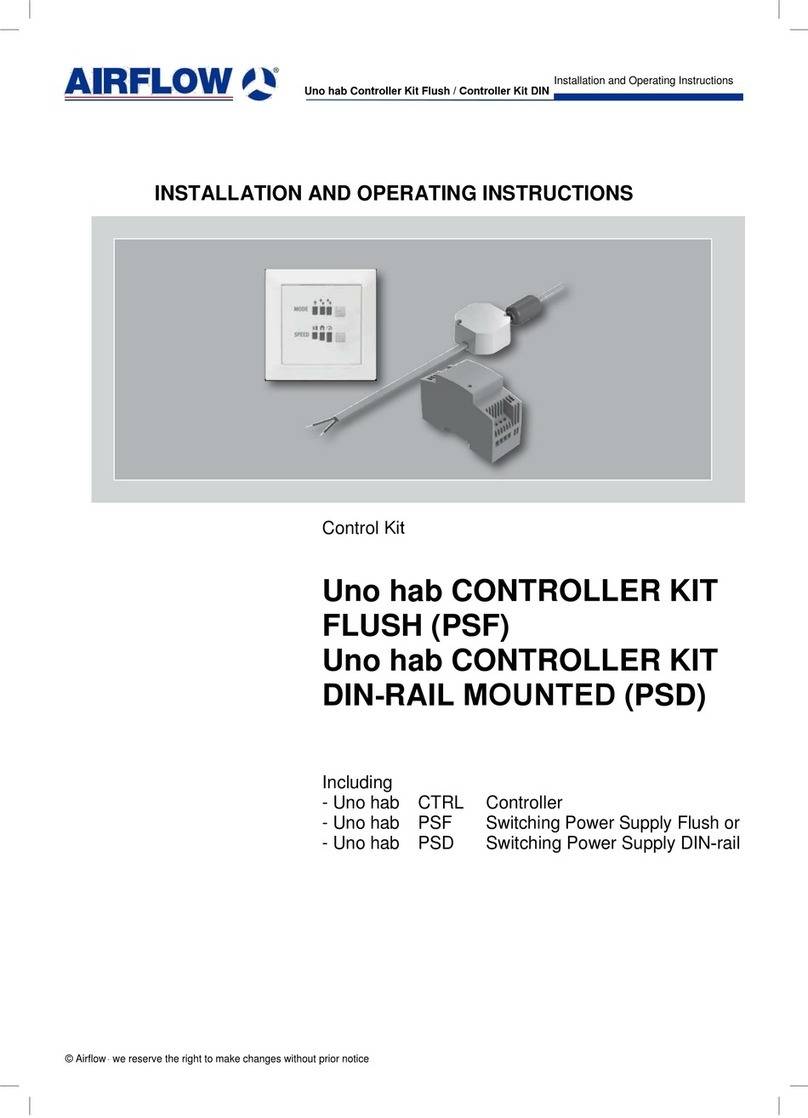
Airflow
Airflow Uno hab Installation and operating instructions
